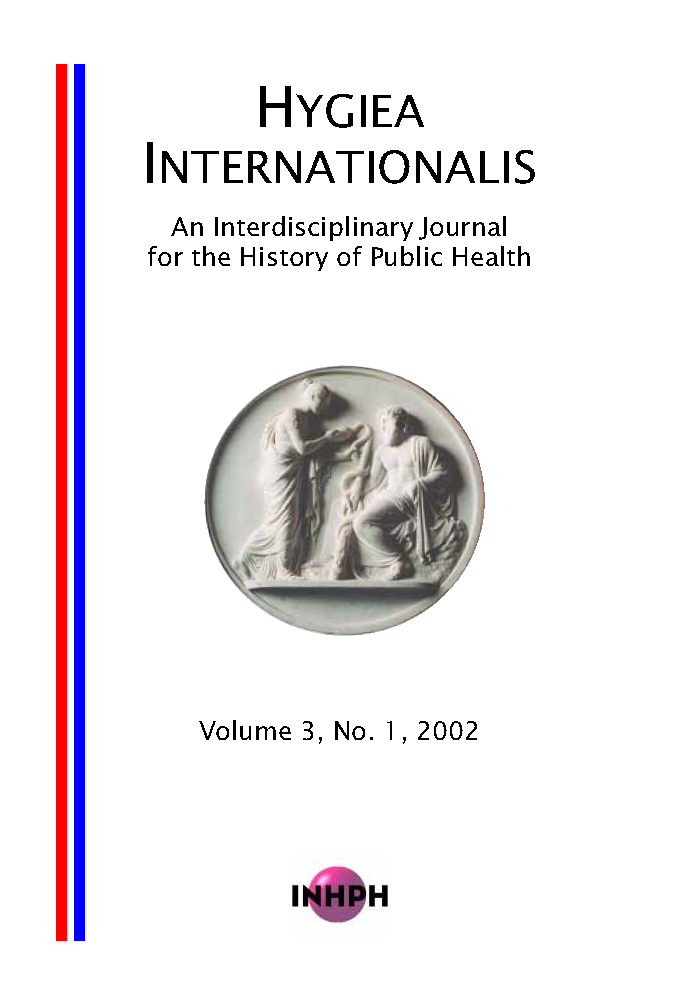The Interpretation of Cause of Death 53 Among Infants
DOI:
https://doi.org/10.3384/hygiea.1403-8668.023153Keywords:
cause of death, interpretation of cause of death, infant mortality, parish priests, validityAbstract
Earlier studies on mortality in 18th and 19th century Sweden have discussed the validity of cause of death information. The fact that the Swedish clergy historically were responsible for the stipulation and reporting of causes of death has initiated a discussion on the medical competence of the clergy. Other issues concern the level of accomplishment in medical science and the effects of instructions and regulations on cause of death registration. This paper argues that cause of death analyses are quite useful for the understanding of mortality transitions if cause of death information is placed in its proper context and are combined with other kinds of mortality analyses. An awareness of 1) the conditions under which causes of death were stipulated, 2) what regulations were in effect at the particular time, and 3) the environmental and epidemiological changes provides good prerequisites for successful use of cause of death information.Downloads
Published
2002-12-18
How to Cite
Bengtsson, M. (2002). The Interpretation of Cause of Death 53 Among Infants. Hygiea Internationalis: An Interdisciplinary Journal for the History of Public Health, 3(1), 53–73. https://doi.org/10.3384/hygiea.1403-8668.023153
Issue
Section
Articles
License
Copyright (c) 2002 the Author(s)

This work is licensed under a Creative Commons Attribution-NonCommercial 4.0 International License.






